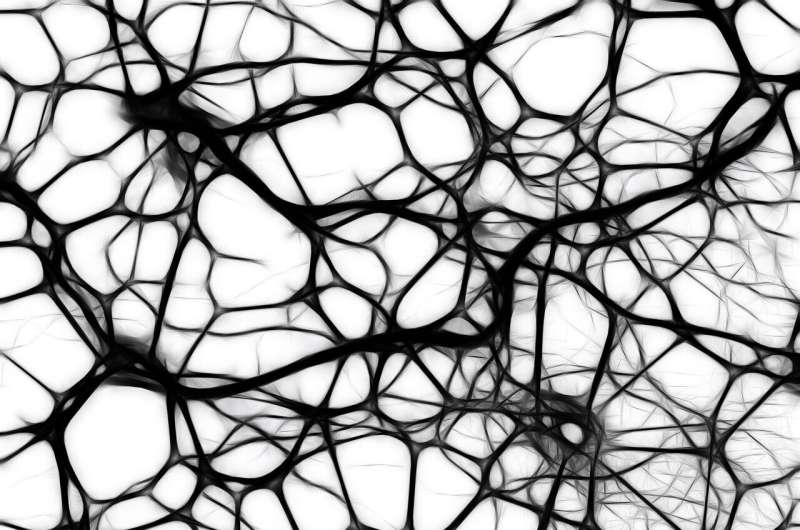Credit: Pixabay/CC0 Public Domain
Researchers from the G-protein-coupled receptor-based drug development research group at the Hospital del Mar Medical Research Institute (IMIM) have been able to verify, with a degree of precision never before achieved, how the process that triggers the response of neurones in the brain occurs. This is an essential mechanism for understanding how moods or even processes such as addictions are produced, and in which neurotransmitters, molecules that help transmit information between neurones through specialized receptors, the G protein-coupled receptors (GPCRs), play a vital role.
"Neurotransmission is one of the most crucial physiological processes, as its dysregulation can result in various neuropsychiatric disorders," explains Dr. Jana Selent, principal author of the study, published in the journal Chemical Science, and coordinator of the research group that led the work. Very small changes in how information is transmitted by these molecules can trigger different reactions in the brain, some of which are linked to behavior, addictions and moods.
Possible new treatments for psychiatric illnesses
Researchers have analyzed how neurotransmitters connect to proteins in the cell membrane of neurones at the atomic level. They were able to determine which connections between the neurotransmitter and its receptor protein control how the cell will respond. They observed that evolution has naturally caused small changes in the regions where these connections occur, giving rise to different proteins capable of generating different cellular responses. This allows our body to regulate, in a very precise way, the response that the same neurotransmitter causes in the neurone and in the brain. With this information, the authors of the study were able to predict what would happen on each occasion by studying different types of proteins and modified neurotransmitters, checking their conclusions with cell experiments conducted in laboratories in Sweden and Canada.
In this way, the researchers were able to relate the small differences that receptors in these important regions may have to the neuronal response they generate when interacting with the same neurotransmitter. It also shows how modified neurotransmitters can control which regions of the protein they can bind to, to be able to cause a different neuronal response. This makes it possible to "design molecules that only bind to certain regions of the receptor and to specific types of receptors, which may allow the neuronal response to be changed," explains Dr. Tomasz Stepniewski, first author of the study. This possibility is "particularly interesting in neuropsychiatric diseases like schizophrenia, certain addictions, and behavioral patterns, such as those that regulate appetite or mood," he adds. The signaling pathways involved in each process must now be studied in order to develop the treatments, the molecules, for addressing these pathologies.
More information: Tomasz Maciej Stepniewski et al, Mechanistic insights into dopaminergic and serotonergic neurotransmission – concerted interactions with helices 5 and 6 drive the functional outcome, Chemical Science (2021). DOI: 10.1039/D1SC00749A
Journal information: Chemical Science
Provided by IMIM (Hospital del Mar Medical Research Institute)























